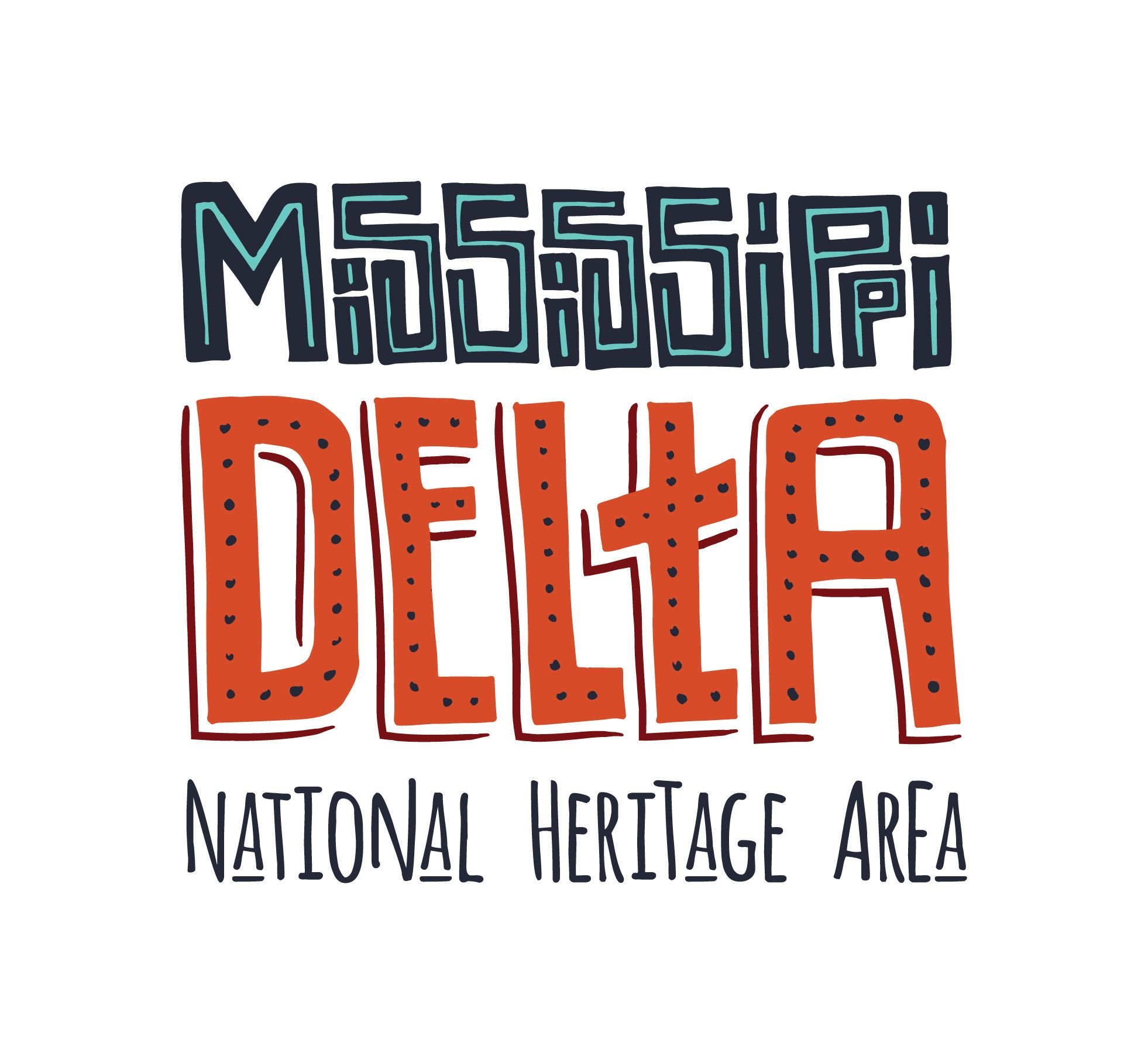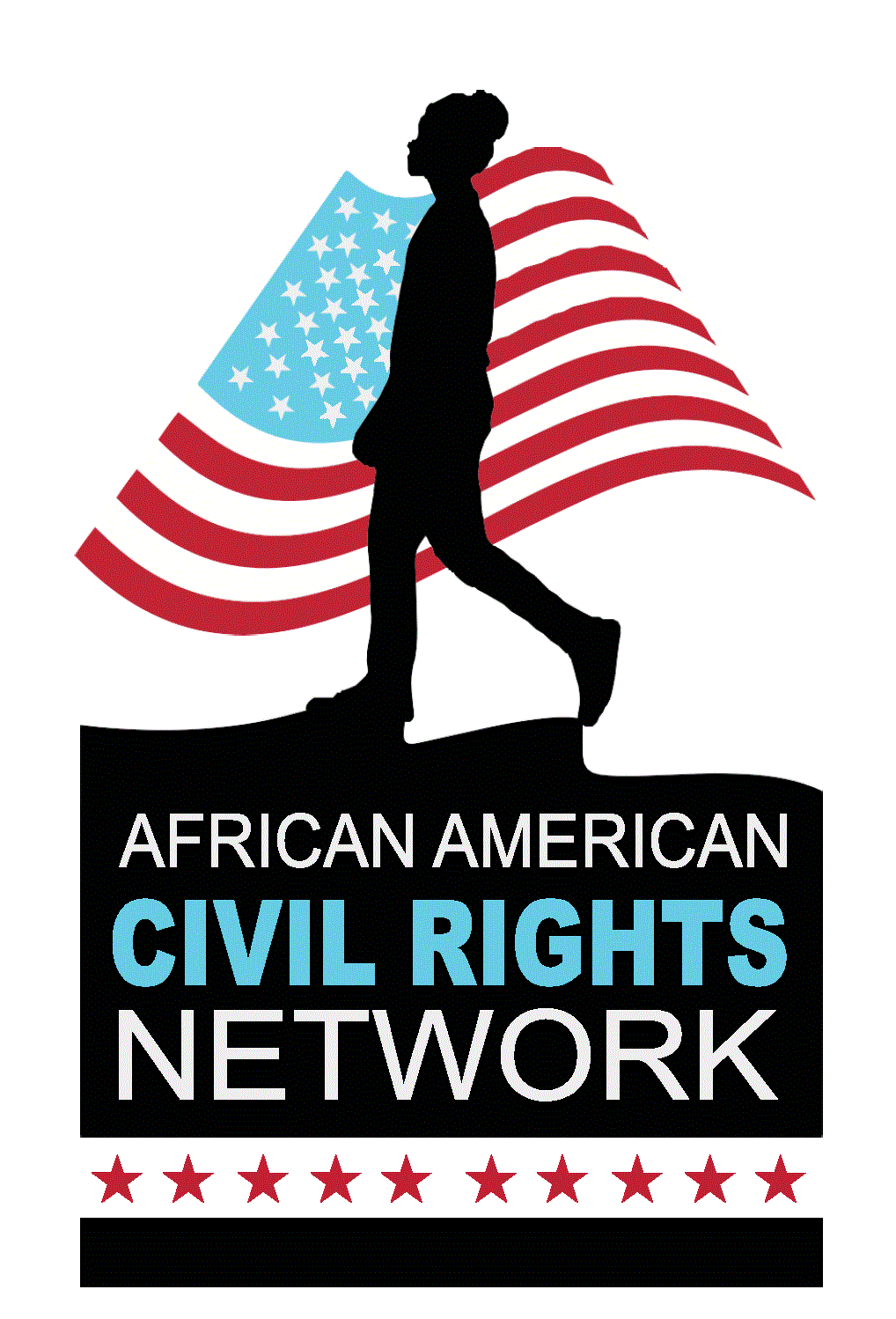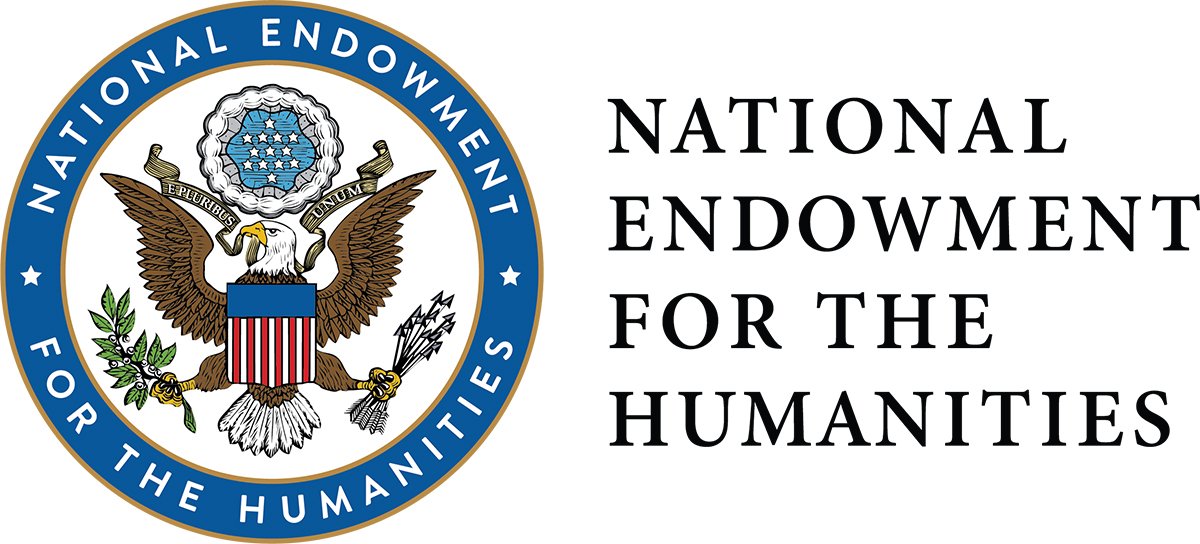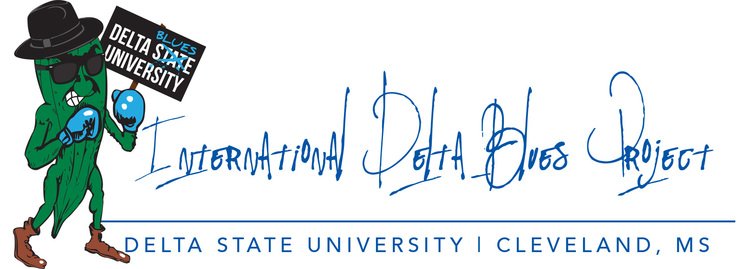L-R: Rabbi Harry Danzinger, Lee Aylward, Nate, Emily, and Zoe Rubenstein, children of Tammy and David Rubenstein of Oxford, and Dr. Rolando Herts.
Dr. Rolando Herts and Lee Aylward of the Delta Center for Culture and Learning at Delta State University recently participated in the Chanukah (or Hanukkah) observance at Temple Adath Israel in Cleveland. They attended the service to celebrate the holiday with community members, as well as to represent the Mississippi Delta National Heritage Area.
“The National Heritage Area promotes and celebrates various aspects of the Delta’s living culture, including religious, racial, national, and ethnic diversity,” said Herts, director of The Delta Center. “Jewish people came to the Delta in the late 19th and 20th centuries seeking economic opportunity. They developed businesses here and brought their rich culture with them, which includes expressions of faith. While Jewish congregations are not as large today as they once were, one can still find temples operating in Cleveland, Greenville, Vicksburg, and Clarksdale.”
Temple Adath Israel is a Reform Jewish synagogue in Cleveland, Miss. The Congregation was organized in 1923; a Hebrew school had been started the previous year. The congregation’s Byzantine Revival synagogue was built in 1927. An annex, designed by architect Harold Kaplan of Greenville, Miss., was completed in 1949-1950. The Temple was listed on the National Register of Historic Places in 2002.
Chanukah is an eight-day Jewish holiday commemorating the re-dedication of the Holy Temple (the Second Temple) in Jerusalem at the time of the Maccabean Revolt against the Seleucid Empire of the 2nd century B.C. Chanukah is observed for eight nights and days, starting on the 25th day of Kislev according to the Hebrew calendar, which may occur at any time from late November to late December in the Gregorian calendar. This is Jewish Year 5775, and Chanukah is observed from sunset on Dec. 16 until nightfall on Dec. 24, 2014.
The festival is observed by the kindling of the lights of a unique candelabrum, the nine-branched menorah or hanukiah, one additional light on each night of the holiday, progressing to eight on the final night. The typical menorah consists of eight branches with an additional visually-distinct branch. The extra light is called a shamash and is given a distinct location, usually above or below the rest. The purpose of the shamash is to have a light available for practical use, as using the lights themselves for purposes other than publicizing and meditating upon Chanukah is forbidden.
The Mississippi Delta National Heritage Area is a partnership between the people of the Mississippi Delta and the National Park Service. The MDNHA was designated by U.S. Congress in 2009, and its management plan was approved in August 2014. More information about the MDNHA, including the complete approved management plan, is available at www.msdeltaheritage.com.
The mission of the DCCL is to promote greater understanding of Mississippi Delta culture and history and its significance to the world through education, partnerships and community engagement. The Delta Center serves as the management entity of the MDNHA and is the home of the International Delta Blues Project. For more information, visit http://www.deltastate.edu/academics/delta-center-for-culture-and-learning/.








